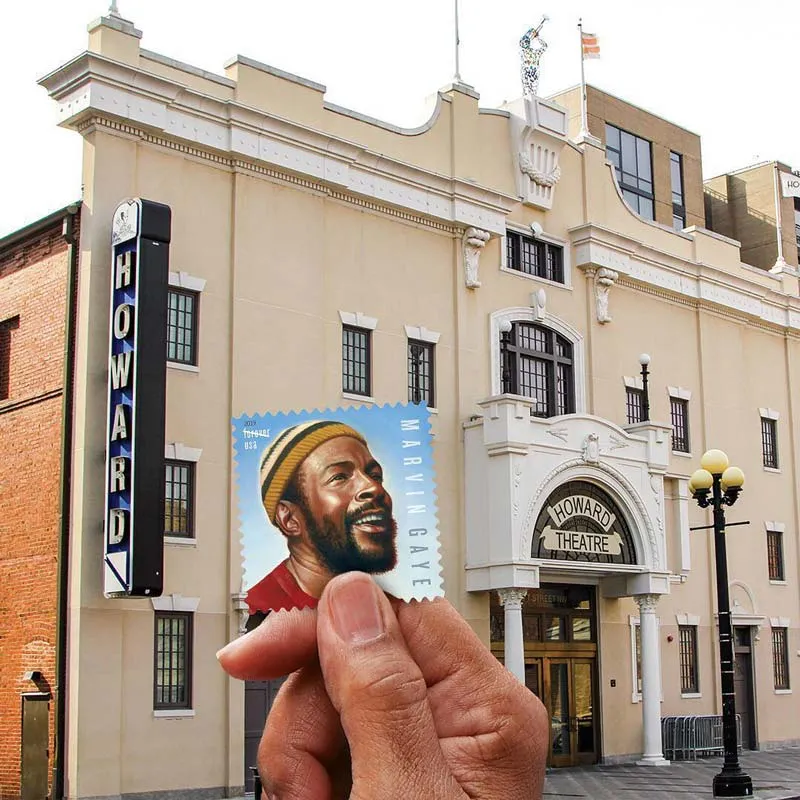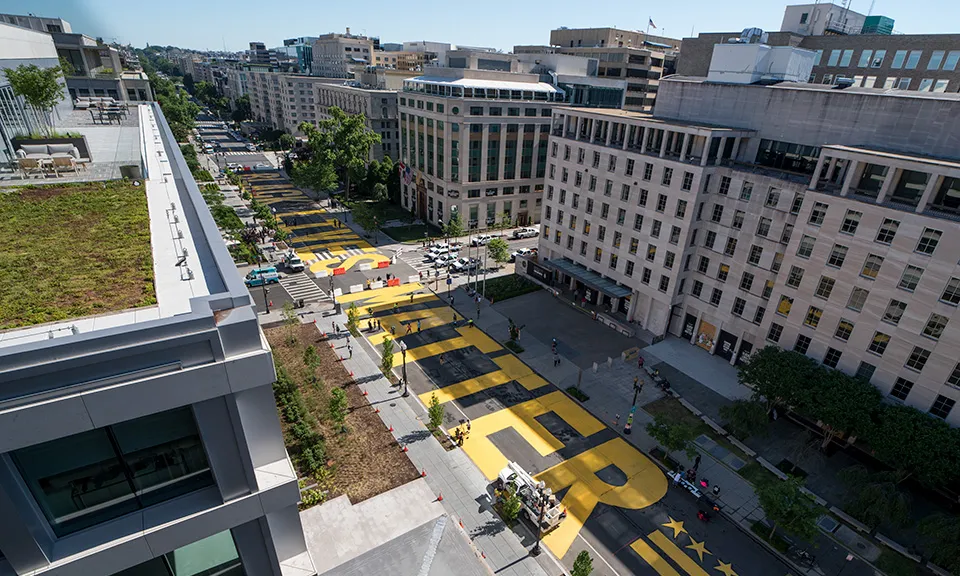Washington D.C., the capital of the United States, is not only a political center but also a treasure trove of rich history and culture, especially African American history. From historic streets to solemn memorials and world-class museums, D.C. offers countless opportunities to explore and celebrate the legacy of the African American community. Let’s explore the most important historical sites where stories of struggle, hope, and achievement are vividly told.
Explore Shaw Neighborhood and Howard Theatre
Shaw, once known as the “Heart of Chocolate City,” is a testament to the vitality and resilience of the African American community in Washington D.C. It was once home to many famous figures, including jazz legend Duke Ellington. His statue stands proudly in front of the Howard Theatre, a significant historical landmark.

The Howard Theatre is not just a performing arts venue, but also a symbol of African American cultural and musical development. The theater’s Walk of Fame honors artists and activists who have made significant contributions to the community. To delve deeper into the area’s cultural and musical heritage, you can join “Black Broadway,” a walking tour led by local journalist and author Briana Thomas.
Shaw is named in memory of Colonel Robert Gould Shaw, who commanded one of the first black regiments in the Civil War. After admiring the historical landmarks, you can explore the diversity and richness of Shaw’s cuisine, with many restaurants offering unique flavors.
Lincoln Memorial and Historical Events
The National Mall is a sacred space where many important historical events related to African Americans have taken place, including the historic march led by Martin Luther King, Jr. in 1963. Standing on the steps of the Lincoln Memorial, you will feel the power of history and the significance of the events that have taken place here.

On these steps, Martin Luther King, Jr. delivered his immortal “I Have a Dream” speech, a powerful call for equality and justice. Today, this historical mark is still engraved on the steps of the memorial, reminding us of the noble values he fought for.
Martin Luther King, Jr. Memorial
The Martin Luther King, Jr. Memorial, located in West Potomac Park, is a meaningful tribute to the great civil rights leader. The 30-foot statue of Dr. King, carved from the Stone of Hope, rises from two granite boulders symbolizing the Mountain of Despair, an image inspired by his “I Have a Dream” speech.

The inscription wall at the memorial features profound quotes from Dr. King’s speeches, sermons, and writings, inspiring visitors to reflect on his legacy and vision.
Black Lives Matter Plaza
Black Lives Matter Plaza, located just north of Lafayette Square, is an iconic public space born from the civil rights movement. The vibrant mural with a powerful message commissioned by the city has transformed this street into an ideal place to reflect on the history of Black people in D.C. and across the nation.

Black Lives Matter Plaza is not just a memorial site but also a beacon for protest, free speech, and the promotion of racial and social equality in the United States.
Smithsonian National Museum of African American History and Culture
The Smithsonian National Museum of African American History and Culture (NMAAHC) is one of the must-visit destinations when exploring African American history and culture. With its unique architecture and rich collection, the museum offers a comprehensive look at the life, history, and culture of African Americans.

The museum showcases thousands of artifacts and fascinating exhibitions, helping visitors gain a deeper understanding of the immense contributions of African Americans to American society. As the museum is very popular, it is recommended to book tickets in advance to ensure a visit.
Go-Go Museum & Cafe
The Go-Go Museum & Cafe is the newest attraction in D.C., celebrating Go-Go music, a distinctive genre of the capital. This museum is an important place to preserve and study the history, impact, and vitality of Go-Go music.

The Go-Go Museum & Cafe promises to offer a modern and engaging experience for visitors, while also contributing to the enrichment of the Anacostia area’s cultural heritage.
Conclusion
Washington D.C. is a city rich in history and culture, especially African American history. From the historic Shaw neighborhood to the Martin Luther King, Jr. Memorial and the Smithsonian National Museum of African American History and Culture, each site tells its own story, contributing to the overall picture of the struggles, achievements, and contributions of the African American community. Take the time to explore these landmarks to gain a deeper understanding of the diverse history and culture of the United States. Are you ready to explore these important historical sites in Washington D.C.?